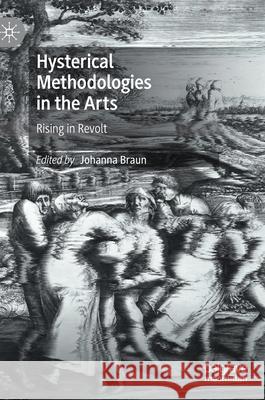Hysterical Methodologies in the Arts: Rising in Revolt » książka
topmenu
Hysterical Methodologies in the Arts: Rising in Revolt
ISBN-13: 9783030663599 / Angielski / Twarda / 2021 / 380 str.
Kategorie:
Kategorie BISAC:
Wydawca:
Palgrave MacMillan
Język:
Angielski
ISBN-13:
9783030663599
Rok wydania:
2021
Wydanie:
2021
Ilość stron:
380
Waga:
0.63 kg
Wymiary:
21.01 x 14.81 x 2.39
Oprawa:
Twarda
Wolumenów:
01
Dodatkowe informacje:
Wydanie ilustrowane











